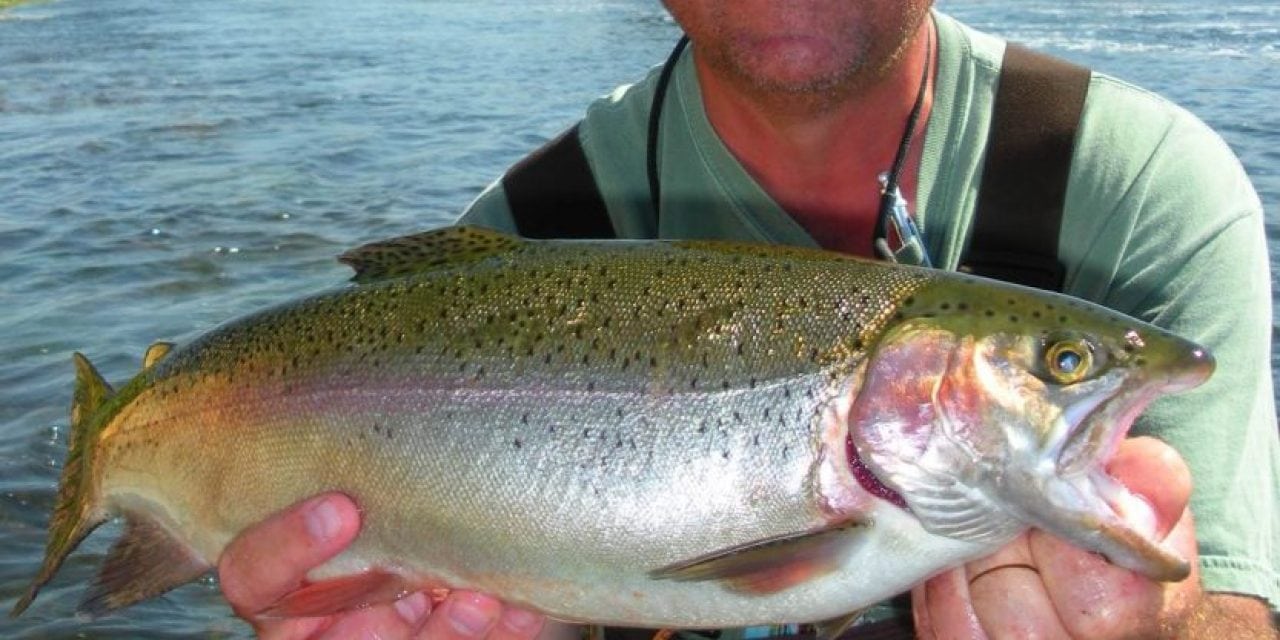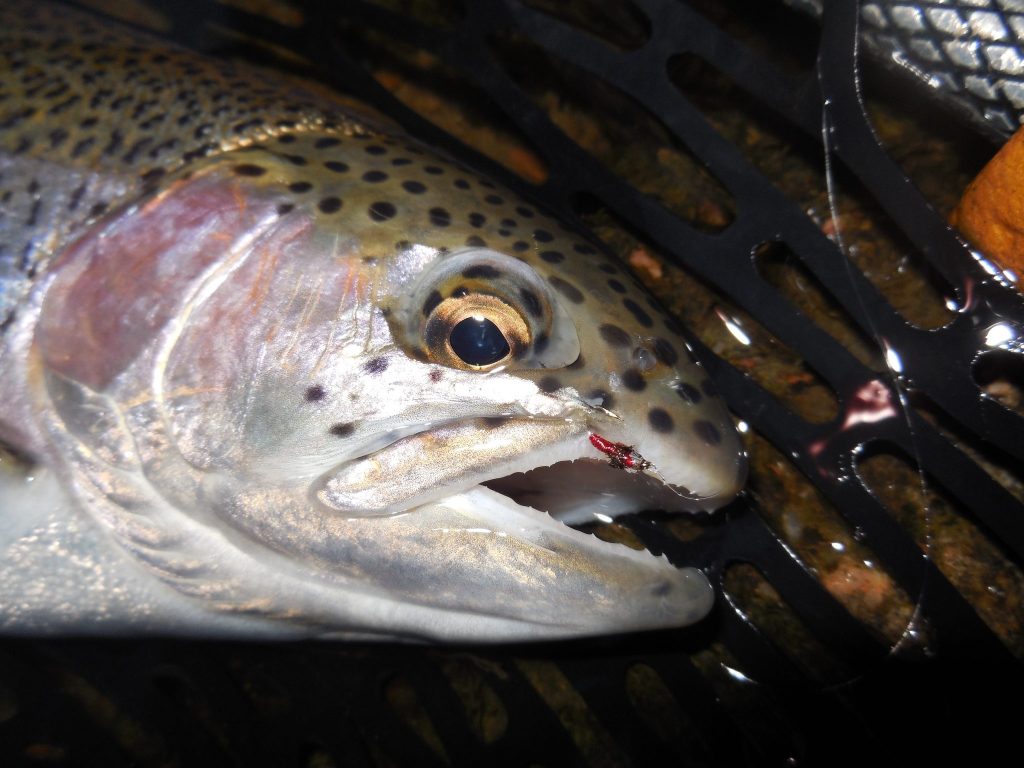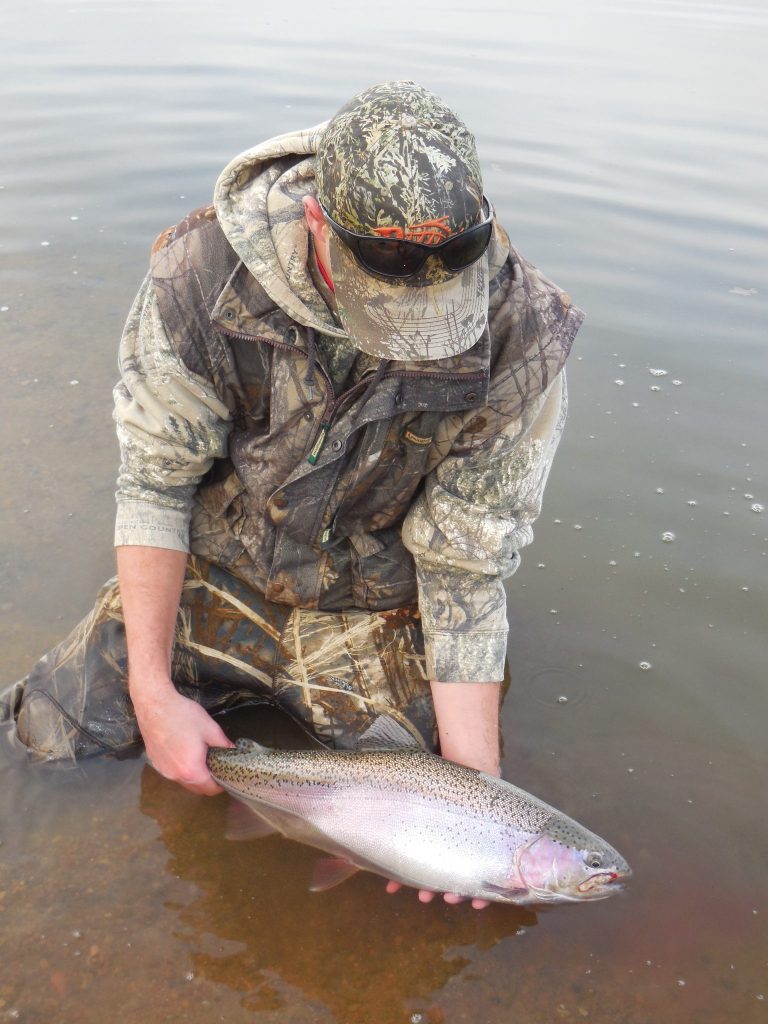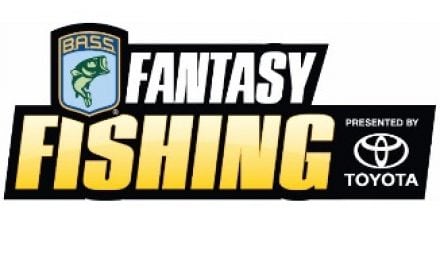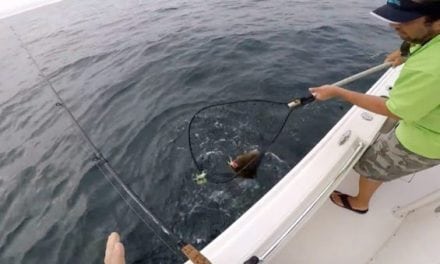I have never fished for steelhead. Someday? Maybe, but not yet.
However, as a pointy-headed fisheries biologist, I will tell you that rainbow trout and steelhead are the same fish, Oncorhynchus mykiss, a steelhead ain’t nothing more than a rainbow trout that migrates to the sea. That line of distinction becomes even more blurred when one considers that inland rainbow trout have been documented to have the same migratory behavior. In fact, some of the inland rainbows most famous for that behavior were found right here in Nebraska back when Lake McConaughy was capable of supporting cold-water trout during the summer. Those large, adult rainbows then migrated up the North Platte River to spawn in tributary streams in the Nebraska panhandle. The “McConaughy strain” rainbow trout is still cultured in some fish hatcheries.
In light of that biology, I have always had an interest in the behavior and fishing techniques used for a variety of species of fish. I may have never fished for a bona fide steelhead, but I have read every magazine article I have ever seen on the subject. In particular, Matt Straw of In-Fisherman has for years written articles about steelhead fishing on Great Lakes streams. As an angler I am always looking for a new techniques that will work for the fishing I do, even if those techniques might have been perfected for species on waters a long way from Nebraska. Yes, I am going to tell you that steelhead techniques apply to fishing in Nebraska!
Think I am crazy? Take a few minutes and watch this video. It is in a format for which I cannot figure out how to embed here, so please, follow the link!
That was “filmed” a few years ago, but you should have noticed it was filmed on Nebraska waters! The trout I landed at the end was the biggest we caught on the trip, one of my most prized catches!
I have fished for trout on Lake Ogallala and associated waters downstream from there for a long, long time. I can tell you of many trips of frustration back in my younger days. But, I can tell you that once I figured out the float fishing thing, and yes, I invested in a St. Croix steelhead rod, my success catching trout on that system went through the roof. And, you better believe that long-rod, float-fishing works on running waters everywhere–I even have dried off more than a few trout from some famous waters in Montana using the same gear and techniques.
A long “steelhead” spinning rod makes drifting floats a lot easier for the simple reason it is easier to manage your line with a long rod. It is the same as drifting flies with a fly rod–the line needs “mending” to ensure a drag-free drift. Mending and line management can be done a lot easier with a long rod. If your bait does not drift naturally with the current, believe me the fish know and they ain’t gonna bite! Long rods make that a lot easier; however, in a pinch, your “average” spinning rod can do the job–it just will not do it quite as well especially in the wind, in deeper water, or with longer casts and longer drifts.
Likewise, if you watched the video, you noticed specialized floats or if you will, “bobbers”. Again, believe me, those specialized tools are the best for the job of drifting baits in the current, especially in faster current and deeper water, but again, your “average”, small, clip-on bobber can be used in a pinch.
The key to the system is floating, drifting, baits naturally with the current. The actual baits tied on the end of the line can be a lot of things. You saw the Berkley PowerBaits in the video, but a variety of jigs and other baits also work very well drifted below floats. As a matter of fact, species of fish other than trout also live in flowing waters and the same float fishing fundamentals work for those species too, you may just tie a different bait on the end of the line.
The long-rod float fishing system is at its best on running waters, river and streams, but it works on pits, ponds, lakes and reservoirs as well. In fact, you may not think of water currents on those standing waters, but in Nebraska the wind always blows and when it does it starts moving water. On standing waters, I fish the floats the same way as I would on flowing waters–the only difference is the currents are much more subtle.
To my fly-fishing buddies, sorry, you know I am no purist. However, I like to say that the float-fishing technique is really fly-fishing without a fly rod! Seriously, if you are a fly-fisher and drifting nymph patterns, you often will put a “strike indicator” on the line to follow the drift, making sure you get a drag-less drift, and indicate “takes”. The strike indicator is nothing more than a float, and some fly-anglers jokingly refer to nymph-fishing as “bobber” fishing. As a matter of fact, flies are often what I have tied on below my floats!
Some of you may think that all you ever need to do is gob a nightcrawler on a hook and lob it out there. That will work, no doubt, and I have caught a darned lot of trout on “garden hackle” myself. However, there came a day when I got tired of gut-hooking every trout I caught. Trout swallow ‘crawlers faster than you can say “Fish On!” I have experimented with circle hooks and found that you can reduce gut-hooking, but when I discovered the long-rod, float-fishing technique it eliminated deeply-hooked trout. I can count on my fingers the number of trout I have actually kept, harvested, in the past decade (and most of those were taken in order to teach a class on fish-cleaning).
So, you worm-dunkers listen up, you may not care about catch & release, and even though you really should enter the 20th century, let me tell you all another little secret–sometimes you cannot catch ’em on ‘crawlers! “Shock, horror”! Even though the appeal of a tasty, squirmy “worm” is hard for trout to resist, most of the time they ain’t eating nightcrawlers. What they are eating can easily be imitated by other baits fished below floats! In fact most days you can catch way more fish WITHOUT the worms! Bait shop owners will hate me, but I seldom purchase nightcrawlers for any fishing anymore!
As an example, I can tell you of an afternoon when my son, nephews, and I rolled into a popular “community” hole. There were several local bait-fishers sitting around, bored. We broke out the floats and in the matter of twenty minutes cherry-picked, and released, several nice trout. When the bite slowed, we packed up and were on our way to the next spot, but as we left everyone was scrambling to find a “bobber” in their tackle box. Too bad they did not ditch the worms as well.
Talking specifically about the Lake Ogallala trout fishery, it is an especially unique fishery in Nebraska, one capable of producing trophy trout–long may it ever be! Catch & release, especially of those special, beautiful, big fish is entirely appropriate for such a resource. Trout are very releasable especially if they are not deeply-hooked and are properly handled (keep ’em in the water!). Long-rod, float fishing makes that entirely possible.
I started this blog post with a statement about never fishing for steelhead, and then outlined one of my most productive fishing techniques, a steelhead technique. Believe me, this has been one of my “secrets” for a number of years now, and I hesitated to “spill the beans”. Really it ain’t no secret. It is just the application of the right tool for the right job, the secret to fishing success anywhere, for any species.
Besides, they look like steelhead to me!
The post Long Rod River Trout appeared first on NEBRASKALand Magazine.

